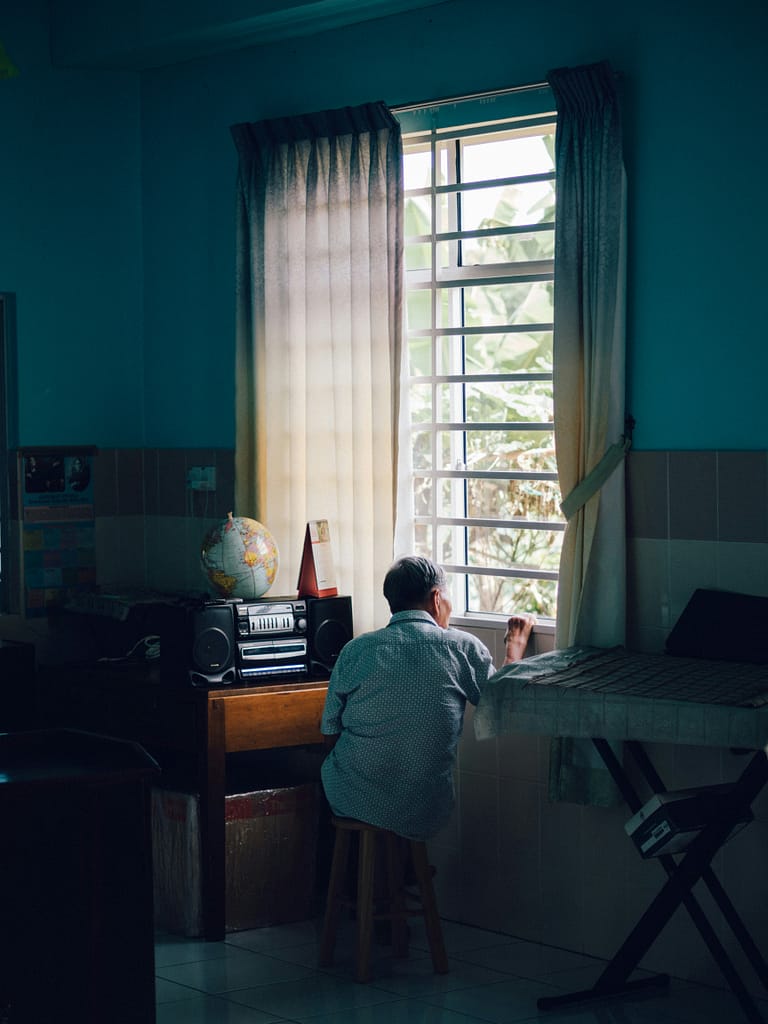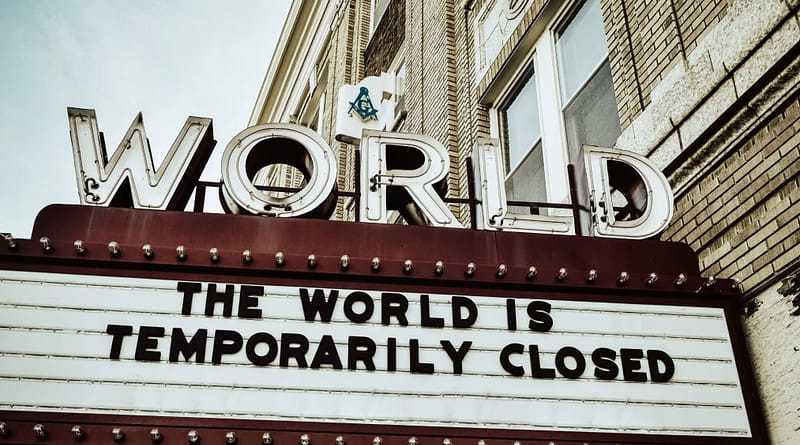Beyond Isolation: The New Face of Depression
In the wake of the COVID-19 pandemic, the world has witnessed an alarming surge in mental health challenges.
Global rates of major depressive disorders have risen by an estimated 27.6% since the outbreak began, with these elevated numbers persisting even three years after the pandemic’s onset.[1,2]
This stark increase raises a critical question: What factors are driving this global mental health crisis?
The immediate culprits are clear. COVID-related impacts such as long-term symptoms, disability, mobility restrictions, loss of social connections, exhaustion, and financial worries have all contributed to this spike in depression rates.[3]
However, these direct consequences tell only part of the story.
A deeper examination reveals a more insidious trend: the pandemic has accelerated our departure from ancestral lifestyle patterns that have shaped human well-being for millennia.
Trends So Far
Lockdowns and social distancing measures forced many to adopt new habits characterised by isolation, sedentary behaviour, and disconnection from community—a stark contrast to our evolutionary heritage.

We already know from decades of research, ranging all the way back to the Spanish flu, that anxiety and depression are highly prevalent during pandemics.
This, combined with our increasingly disconnected modern lifestyle, has likely amplified the mental health impact.
Here’s what post-lockdown research reveals about how COVID lockdowns affected our well-being worldwide:
A clear pattern emerges from these studies: depression, anxiety, and insomnia seem to be the most common mental health challenges arising from the COVID pandemic and subsequent lockdowns.
Looking for a Quantum-Level Shift from the Mental Prison Lockdown Trapped You in?
Quantum Jumping might just be the course you need. This Mindvalley programme unlocks powerful visualisation techniques to help you shift your reality into alternate versions of yourself that are healthier, happier, and more aligned with your highest potential.
While demographic factors play a role, the root causes were shown to go beyond simple categorisations, pointing to disrupted meaning-making and the violation of core beliefs, as significant contributors to declining mental health during this time.
This means, during this time, two of the core components of our mental well-being were taken away—the ability to find a purpose and truth in our experiences.
Still Stuck in The Post-Lockdown Rut, with No Meaning or Direction?
Mindvalley’s Be Extraordinary programme taps into cutting-edge methods for unlocking profound meaning and purpose even in the face of adversity, accessing the highest version of yourself.
How Did We Get Here?
The COVID-19 pandemic and subsequent lockdowns drastically altered our daily routines, forcing many to abandon habits like socialising, regular exercise, and activities outside the home.

This sudden shift exacerbated an existing trend in westernised societies: moving further away from lifestyle patterns that align with our ancestral ways.
Even before the pandemic, we were drifting from our evolutionary roots due to technological advancements, urbanisation, and changing work patterns.
The global health crisis acted as a catalyst, intensifying and accelerating these changes.
Here’s Why:
- Social Disconnection: Our ancestors lived in close-knit communities, relying on strong social bonds for survival and well-being. Modern society, especially during lockdowns, has pushed us further from this natural state of connection. This isolation can disrupt our sense of belonging and purpose.
- Nature Deficit: Traditionally, humans spent much more time in nature. The shift to urban environments and increased time indoors, especially during lockdowns, disconnects us from the natural world. This can affect our core beliefs about our place in the world and our relationship with the environment.
- Physical Inactivity: Our ancestors were far more physically active in their daily lives. The sedentary nature of modern life, exacerbated by lockdowns, goes against our evolutionary needs. This can impact our self-perception and beliefs about our capabilities.
- Disrupted Purpose: In ancestral societies, individuals had clear roles contributing to the community’s survival. Modern society often lacks this clear sense of purpose, focusing instead on individual achievement. This can lead to a crisis of meaning, especially when usual routines are disrupted.
- Unnatural Rhythms: Our ancestors lived in sync with natural rhythms (day/night cycles, seasons). Modern life, especially during lockdowns, can severely disrupt these natural patterns, affecting our place in the world.
- Chronic Stress: Our stress response system evolved for short-term, immediate threats. Chronic, abstract stressors like a global pandemic don’t fit this model, potentially overwhelming our coping mechanisms and challenging our beliefs about safety and control.
- Information Overload: Unlike our ancestors, we’re constantly bombarded with information, much of it negative. This can challenge our core beliefs about the world’s safety and predictability.
The pandemic and lockdowns amplified many of these existing disconnects from our ancestral ways, potentially explaining why they had such a profound impact on meaning-making and core beliefs for many people.
If Any of the Above Points Resonates with You…
Check out this Longevity Blueprint course that offers practical solutions to reconnect with ancestral lifestyle habits. A Mindvalley course focuses on boosting physical and mental health to improve your longevity.
Final Words
The pandemic lockdowns accelerated our drift from lifestyle patterns that historically and scientifically have been shown to promote well-being.
This shift also contributed to disrupted meaning-making and shaken core beliefs, making us even more vulnerable to depression.
Research suggests, reconnecting with elements of our ancestral lifestyle—like strong social bonds, time in nature, and physical movement—can help us restore our mental well-being.
Looking to Reconnect with the Best Version of Yourself?
I’d highly recommend The Silva Ultramind System. This Mindvalley course teaches you how to access altered states of consciousness, to heal trauma, unlock inner clarity, and reprogramme your mind for peace and purpose.
Disclosure
Mindvalley links in this post are affiliate links, meaning I earn a small commission if you make a purchase—at no extra cost to you. I only recommend courses I personally rate or think you’ll love!




